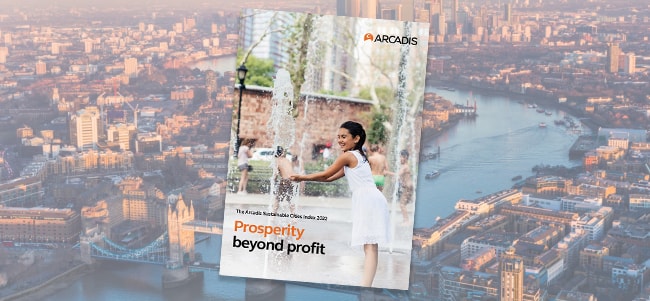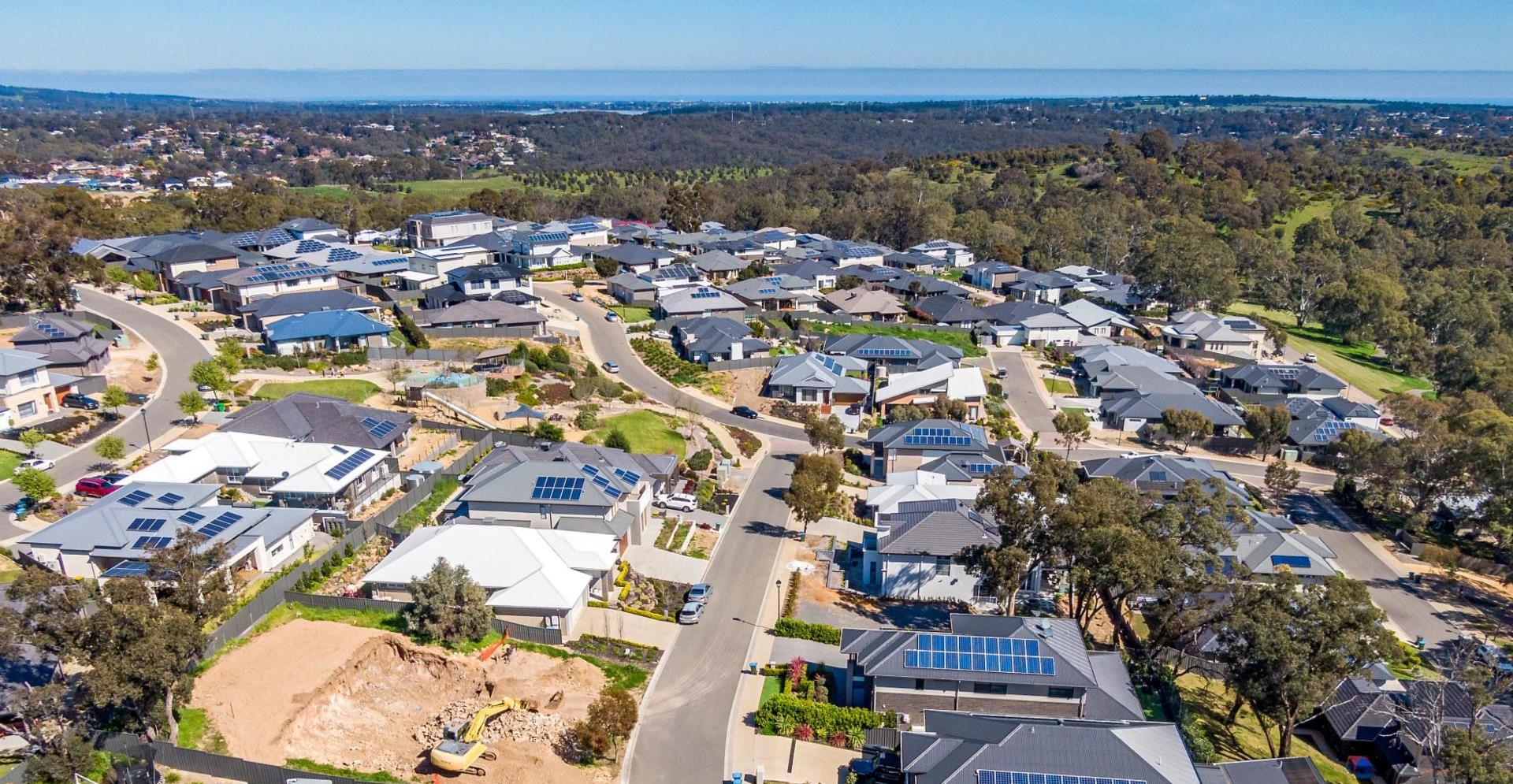The energy sector accounts for over two-thirds of global greenhouse gas emissions (GHGs), directly contributing to man-made climate change. To speed up the transition to a carbon neutral world, the global energy sector must be at the forefront of change. Every other sector, including transport and industry, is dependent on a decarbonized grid to achieve their own net zero goals. Yet when it comes to our cities – the places where we all live, work, move and socialize – what does a ‘carbon neutral city’ actually look like? And what practical steps can we take to get there?
Perhaps the first question should be: why focus on cities in the first place? They account for less than 2 per cent of our Earth’s surface. Yet, according to UN Habitat, they consume more than three quarters of the worlds’ energy supply, and produce more than 60 per cent of greenhouse gas emissions.
And this is only set to increase.
By 2050, another 2.5 billion people will reside in urban areas, attracted by increased access to jobs, homes, transport, culture and leisure facilities. This promise of a better quality of life also brings with it increased pressure on resources. More vehicles on the road, more demand for utilities, more people using energy inefficient buildings, and more carbon-intensive construction. These all contribute to pushing up GHG emissions, ultimately threatening human health, wellbeing and long-term economic prosperity.
Given the many challenges of urbanization, how then can we continue to protect the promise of urban living, while still reducing carbon emissions?
The answer lies in creating a net zero world. Carbon neutral cities are the future, and energy transition is the first step when it comes to creating these sustainable, urban spaces. This means making a conscious shift away from an energy mix based on fossil fuels to one based primarily on renewable energy sources that builds on our cities’ strengths and which produces limited to zero carbon emissions.
The energy sector holds the key that can unlock the solutions we need to tackle climate change. And - critically - these solutions will have maximum impact if they are enacted in our cities.
What will tomorrow’s carbon neutral city look like?
The impacts of climate change are universal, but every city is unique – in its culture, its access to resources, its geography and topography and, equally, how it rises to meet sustainability challenges. Yet there are some common considerations.
As we discovered in our recent Arcadis Sustainable Cities Index 2022, the most prosperous cities are those that are not only performing well economically, but also those that are meeting sustainability and planetary objectives. To do this, they need to be making smart, targeted investments – particularly in social policy and environmental strategy.
In our Index, higher ranking cities are those that put the needs of their citizens first, and which ensure that public policy, energy consumption and greenhouse gas emissions are all considered under a longer-term lens.
When it comes to carbon neutrality, the first priority clearly has to be reducing energy use. To do this, we need to ramp up green infrastructure development; increase investment in renewable energy technologies, such as solar, onshore and offshore wind, and hydro power; and accelerate negative emissions technologies like carbon capture and storage.
Antwerp is a great example of a city making positive changes. Ranking in the top 10 for Planet in our Sustainable Cities Index, Antwerp wants to be carbon neutral by 2050, and achieve a 50-55% reduction in carbon emissions compared with 2005 levels by 2030. To help achieve this vision, we are working in partnership to create a roadmap for a complex district heating network. This will be a first for Belgium, drawing residual heat from industrial businesses and diverting it to other buildings via an underground network. Not only will this help Antwerp meet 10% of its heating requirements by 2030, but the hope is that other cities and municipalities will be inspired to try a similar approach.
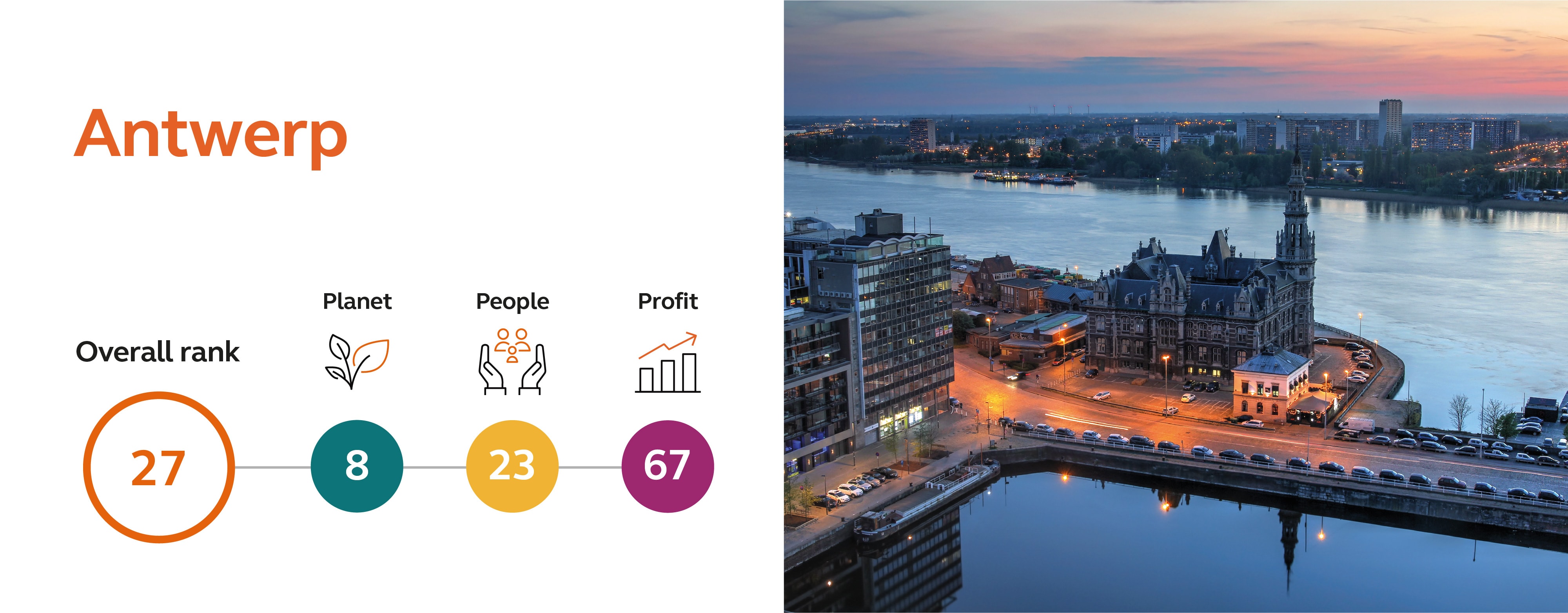
Germany offers another example. Ranking fifth overall in our Index, its capital Berlin has emerged as one of the most sustainable cities in the world. Performing particularly well when it comes to having relatively low levels of environmental exposure, one of the biggest opportunity areas for Berlin is to further cut its greenhouse gas emissions. This is exactly what we’re helping to do at The Walter; a proposed industry campus situated close to the new Berlin Brandenburg International Airport. The development is set to host offices, hotels, congress halls, logistics, and light industry; and our role in determining its energy demands – and therefore its energy supply strategy - will be critical to progress.
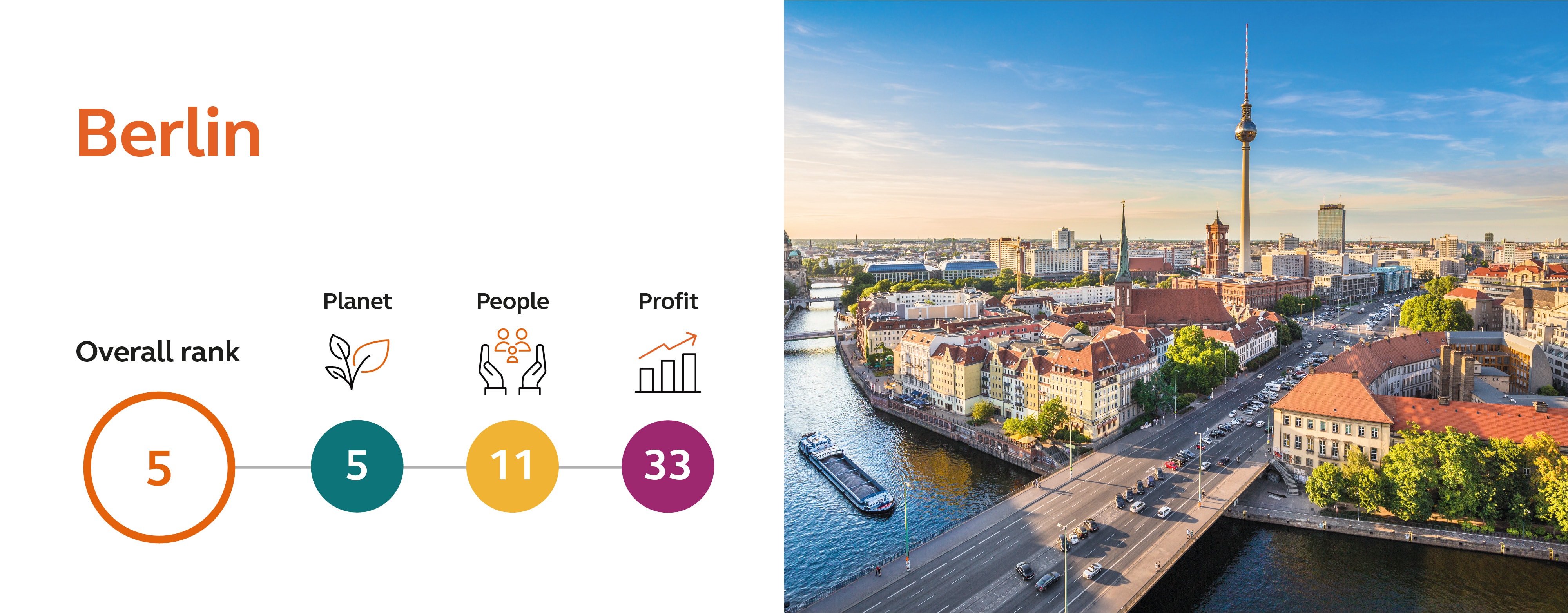
Creating the framework for change
As we can see, cities need to have a clear vision for the future and take decisive action. Public engagement is important, but the biggest progress will come from national and city governments setting official targets and putting the strategy in place to meet them.
All around the world governments, municipalities and governing bodies have recognized the need to accelerate the transition to net zero. In recent years we have already seen various legislation being enacted to help create the framework for more carbon neutral cities. This can range from massive injections of capital, such as the recent landmark $369bn allocation from the US Senate towards fighting climate change, as well as overarching directives such as the European Green Deal and country specific deals such as the Netherlands National Climate Agreement, which has been designed to help specific sectors meet their climate goals.
With so much positive action already underway, there is a lot that cities can learn from one another. Sharing best practice solutions and collaborating across borders is one of the best ways to create real impact. From shared access to energy infrastructure through to the transfer of skills and knowledge, the most impactful solutions will be those that can be adapted and replicated in cities all around the world.
Let’s look at what’s happening in Australia, for example. Although falling behind some of their European counterparts in our latest Sustainable Cities Index, many Australian cities are now starting to up their game, by investing in infrastructure and ensuring that sustainability is embedded as part of their city’s identity.
This is apparent in the work we’ve been doing in the Daintree region of Far North Queensland; an area renowned for its World Heritage protected rainforest and unique ecological systems. Here, we’re working with Volt Advisory to design the Daintree Microgrid. Previously, over 4 million litres of diesel were being burnt every year, but now the Microgrid will allow for renewable energy to supply over 90% of power to residents, tourism operators and local businesses, and up to 100% where severe weather events are not included. This is a gamechanger not only from an environmental perspective, but also in terms of benefitting residents and local businesses alike.
Equally, if we cross the Pacific, there are some important learnings that we can take from the US as well. We previously completed a town-wide energy audit for the Town of Wallkill in New York Stat e. The project was co-funded by the New York State Energy Research and Development Authority, and included various buildings, a town hall, garage, water and wastewater conveyance and treatment systems, and the community center.
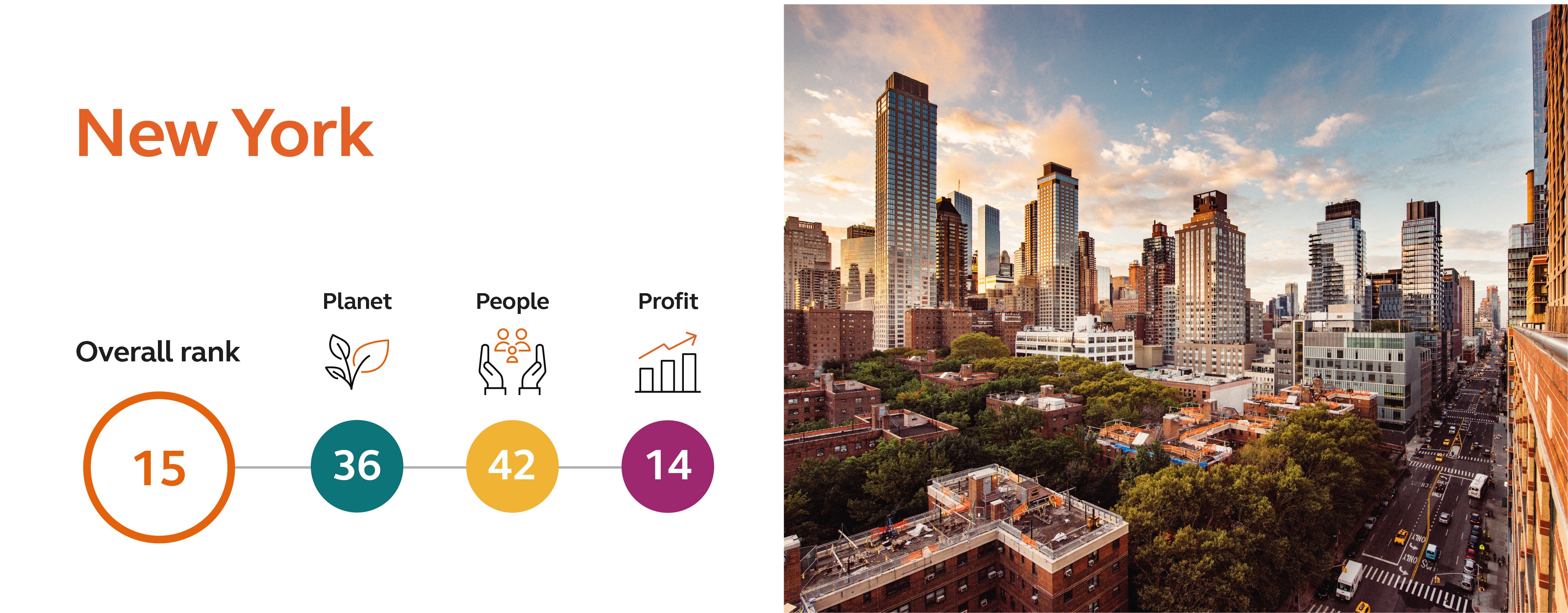
We needed to review existing energy use and look at where potential savings could be made. Cost-effective opportunities to reduce energy consumption by nearly 15 percent were identified. In addition, we also looked at repurposing a 15-acre landfill site into a solar power plant. The project was deemed technically and financially feasible and was implemented through a Virtual Power Purchase Agreement, with Arcadis providing utility coordination, environmental permitting, detailed design, construction management, and commissioning services. Not only has this given new life to a previously disused area of land, but the 2.4 MWdC photovoltaic electricity system will produce enough clean electricity to power 300 homes every year.
What will it cost?
No one would dispute the moral imperative when it comes to tackling climate change. Often though, cost is the biggest sticking-point when it comes to implementing carbon-neutral solutions in our cites. According to Net Zero Europe, about half the investment needed to support energy transition does not have a positive business case.
If we are to overcome this hurdle, both governments and businesses need to start working more closely together. Here at Arcadis, a lot of our work is around helping to facilitate these conversations. Massive investment is undoubtedly needed, along with measures that can enable smoother planning and permitting across power generation, transmission, storage, distribution and local networks.
The Netherlands , for example, is one such country looking at accelerating its transition to a sustainable, reliable, and affordable energy supply. The city of Rotterdam in particular – currently ranking 12th in our Index - is focused on energy transition and there are some great examples of the work the city has been doing towards achieving carbon neutrality. Take what’s happening in The Schouwburgplein – a highly urbanized square in the heart of the city. Here we’ve been working to develop a carbon neutral energy system, based on water storage and a renewable energy generation and water recovery system. The Square was already 40% climate neutral as far back as 2020, and continues to be well on its way to being climate change proof.
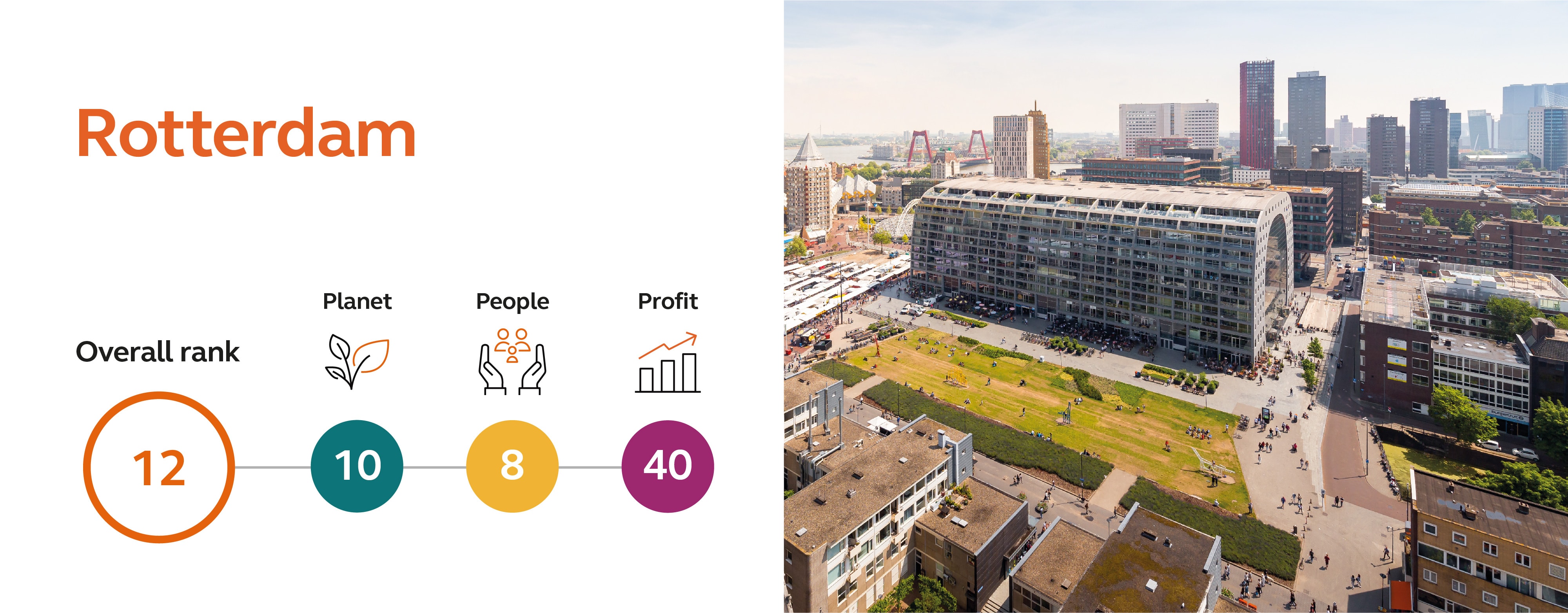
As we have seen, the energy sector is vast and has shown itself to be innovative when it comes to meeting the evolving energy needs in our cities. But we aren’t there yet. Decarbonization is crucial when it comes to achieving wider net-zero goals, but it requires commitment and cooperation between all parties.
Carbon neutral cities can be a reality if we collectively work to offset the worst effects of the climate crisis. Change needs to happen quickly, and it needs to happen now. We have the expertise and experience to make this possible - co-creating urban energy solutions that are carbon neutral, inclusive and sustainable.
This blog is the first in a series of insights in which we explore practical steps that cities can take on their journey to becoming carbon neutral. Stay tuned for further updates.
Learn more about what goes into creating prosperous cities in the Arcadis Sustainable Cities Index 2022
